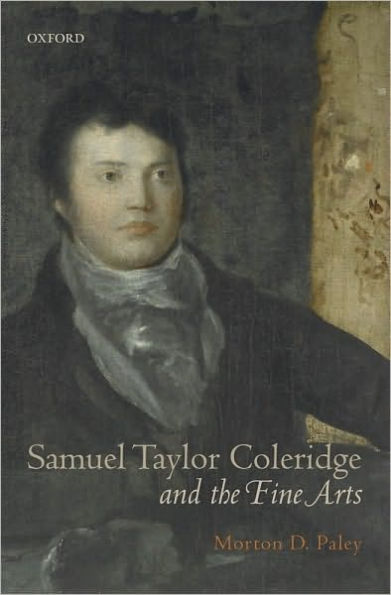Although Coleridge's thinking and writing about the fine arts was both considerable and interesting, this has not been the subject of a book before. Coleridge owed his initiation into art to Sir George Beaumont. In 1803-4 he had frequent opportunities to learn from Beaumont, to study Beaumont's small but elegant collection and to visit private collections. Before leaving for Malta in April 1804, Coleridge wrote 'I have learnt as much fr[om] Sir George Beaumont respecting Pictures&Painting and Paint[ers as] I ever learnt on any subject from any man in the same Space of Time.' In Italy in 1806, Coleridge's experience of art deepened, thanks to the American artist Washington Allston, who taught him to see the artistic sights of Rome with a painter's eye. Coleridge also visited Florence and Pisa, and later said of the frescoes in Pisa's Camp Santo: 'The impression was greater, I may say, than that any poem ever made upon me.' Back in England, Coleridge visited London exhibitions, country house collections, and even artists' studios. In 1814, both Coleridge and Allston were in Bristol - Coleridge lecturing, Allston exhibiting. Coleridge's 'On the Principles of Genial Criticism' began as a defense of Allston's paintings but became a statement about all the arts. This book, an important contribution to Coleridge's intellectual biography, will make readers aware of a dimension of his thinking that has been largely ignored until now.
"1101398483"
Samuel Taylor Coleridge and the Fine Arts
Although Coleridge's thinking and writing about the fine arts was both considerable and interesting, this has not been the subject of a book before. Coleridge owed his initiation into art to Sir George Beaumont. In 1803-4 he had frequent opportunities to learn from Beaumont, to study Beaumont's small but elegant collection and to visit private collections. Before leaving for Malta in April 1804, Coleridge wrote 'I have learnt as much fr[om] Sir George Beaumont respecting Pictures&Painting and Paint[ers as] I ever learnt on any subject from any man in the same Space of Time.' In Italy in 1806, Coleridge's experience of art deepened, thanks to the American artist Washington Allston, who taught him to see the artistic sights of Rome with a painter's eye. Coleridge also visited Florence and Pisa, and later said of the frescoes in Pisa's Camp Santo: 'The impression was greater, I may say, than that any poem ever made upon me.' Back in England, Coleridge visited London exhibitions, country house collections, and even artists' studios. In 1814, both Coleridge and Allston were in Bristol - Coleridge lecturing, Allston exhibiting. Coleridge's 'On the Principles of Genial Criticism' began as a defense of Allston's paintings but became a statement about all the arts. This book, an important contribution to Coleridge's intellectual biography, will make readers aware of a dimension of his thinking that has been largely ignored until now.
67.49
In Stock
5
1

Samuel Taylor Coleridge and the Fine Arts

Samuel Taylor Coleridge and the Fine Arts
eBook
$67.49
$89.99
Save 25%
Current price is $67.49, Original price is $89.99. You Save 25%.
Related collections and offers
67.49
In Stock

Product Details
| ISBN-13: | 9780191552724 |
|---|---|
| Publisher: | OUP Oxford |
| Publication date: | 07/10/2008 |
| Sold by: | Barnes & Noble |
| Format: | eBook |
| File size: | 3 MB |
About the Author
From the B&N Reads Blog
